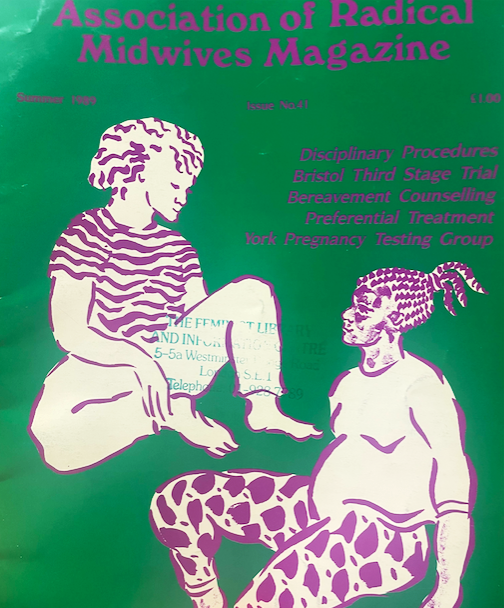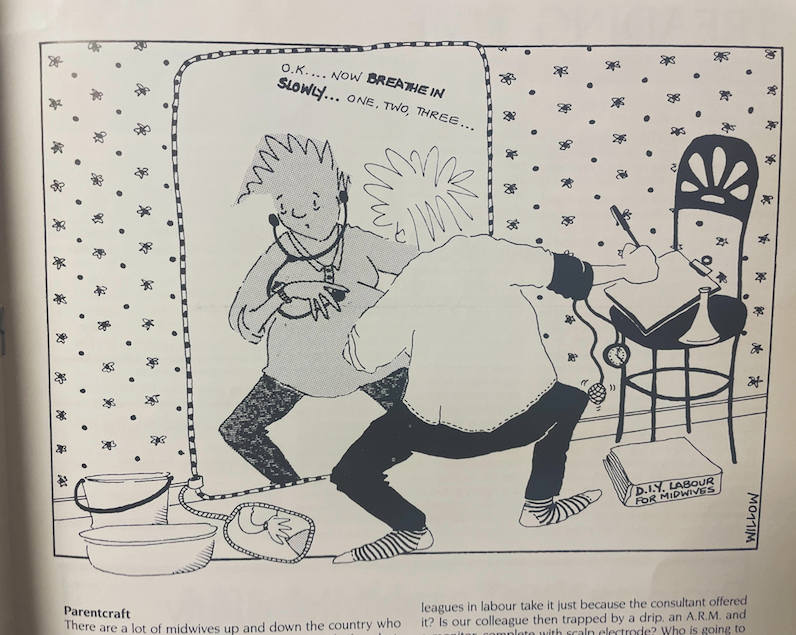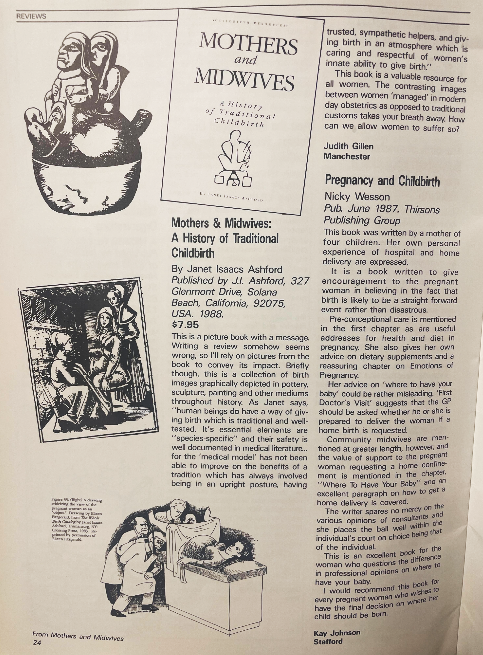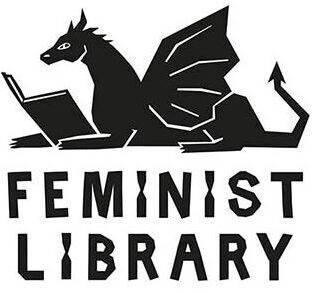The Association of Radical Midwives Newsletter Review
 ‘Exploring the Collection’ is a column that explores the Feminist Library’s rich repository of literature, giving a deeper look at key pieces of herstory. This month,Emma Yapp shares with us their discovery of the Association of Radical Midwives’ Newsletter
‘Exploring the Collection’ is a column that explores the Feminist Library’s rich repository of literature, giving a deeper look at key pieces of herstory. This month,Emma Yapp shares with us their discovery of the Association of Radical Midwives’ Newsletter
While in my other life I exist as a PhD student, I have been fortunate enough to secure six months of funding to be based at the Feminist Library, through the Wellcome Secondment Fellowship. My responsibilities here will be many and varied, on-hand to contribute to anything and everything the Library needs – chiefly cataloguing, archival research, and working on events and exhibitions.
For my first foray into the Library materials, I was invited to help Jess (Library Assistant) with the onset of cataloguing the periodicals, and today we started with one I had never heard of before – the Association of Radical Midwives’ Newsletter. As I began to help with researching the periodical, as well as the organisation behind it, I became immersed – it never ceases to amaze me the extent of the organising documented within the library walls, and this was no exception.
The Association of Radical Midwives was established in 1976 by a mere ten student midwives. Although originally a support and study group, the conditions that the midwives were working in, along with the feminist organising of the times, contributed to it developing into a political action group, and the first newsletter then appeared in 1978.

Earlier in the twentieth century, midwives had primarily worked as independent practitioners delivering home births, but by the 1980s, most had moved into hospitals as part of a healthcare team. This centralisation required them to work under the direction of more senior physicians, and their scope for clinical judgement was significantly impeded. The periodicals are
littered with the language of feeling ‘powerless’ and ‘angry’, as well as some artful, almost medieval illustrations to supplement the stories of both midwives and the people they care for – a particularly powerful one about stillbirth features in issue 27, which also marked the first edition of the publication as ‘magazine’ rather than ‘newsletter’.
Reading the periodical caused me to reflect on other projects set up by midwives that I still consider to be powerful today – the My Body Back Project is a notable example, set up by midwife Pavan Amara to provide sensitive maternity and sexual health care to women who have experienced sexual violence. The Association of Radical Midwives also still produce their newsletter – now available under the name ‘Midwifery Matters’. These, among all of the other library materials, serve as a reminder of the continued richness of feminist organising, and make me both hopeful and grateful for what the next six months hold.

